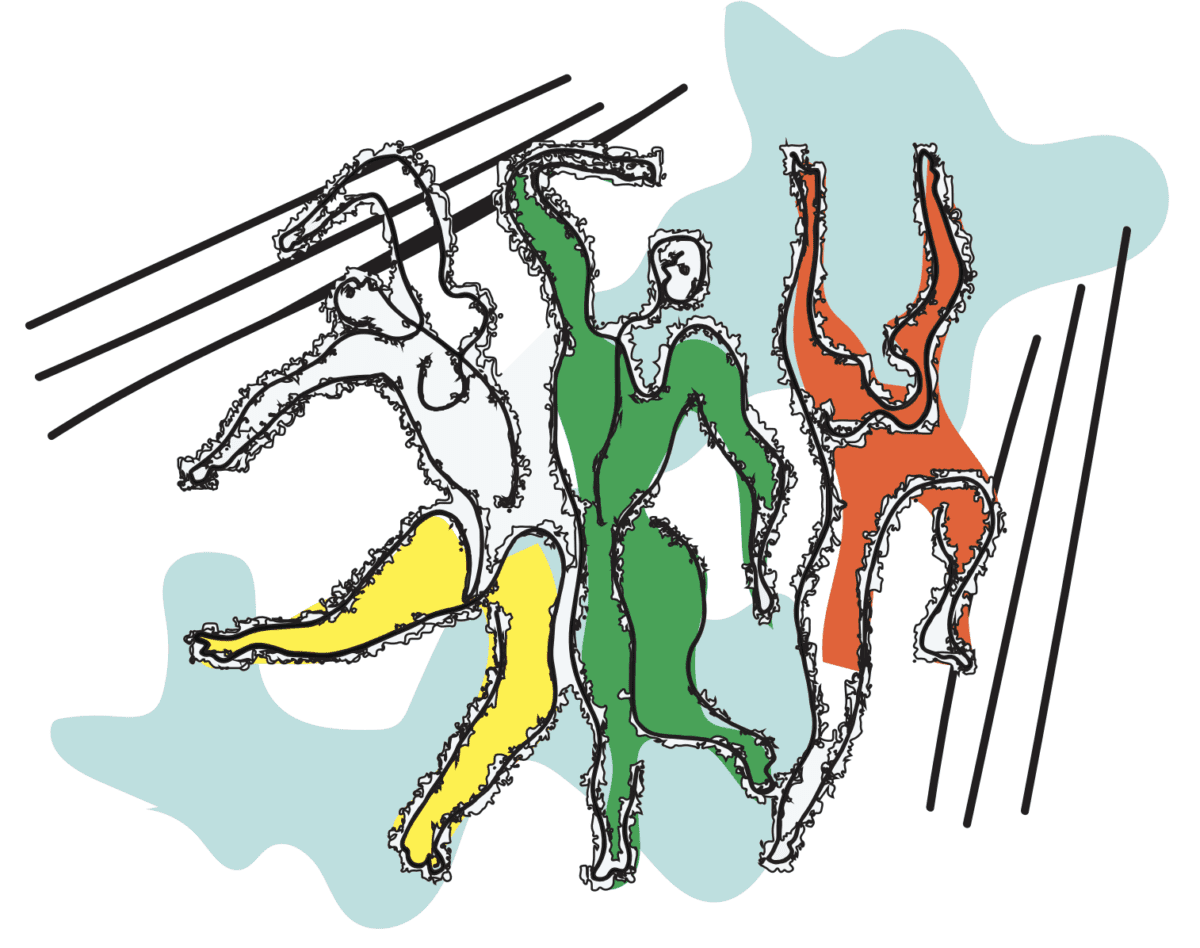Staying at home for an indefinite amount of time is difficult for anyone in a world of constant socialising and stimulation. As we settle in to avoid spreading COVID-19, find- ing ways to entertain ourselves becomes a challenge. When we’ve run out of Netflix to watch, people to FaceTime and places to clean, we start getting creative. For the naturally artistic people, it’s a walk in the park to produce an aesthetically pleasing piece of art. But what about for the rest of us? What about for those of us who feel like everything we draw or paint looks like it was done by a 10-year-old? Can we ever improve our skills, or is it just a talent with which some are naturally born?
Before delving into this topic, I think we should discuss what constitutes ‘art’ (arguably excluding tracing or painting on a predrawn stencil outline). Art requires some form of creation with a degree of originality, either in the inspiration behind the piece or through the artist’s unique style and technique. This is why modern paintings portraying a blank white canvas or merely depicting something as simple as a black dot are considered ‘art’ and displayed in public galleries. Because, yes, even though you could easily paint the same thing, you didn’t come up with the idea.
The question of whether artistic ability is something innate or something that can be learnt has been extensively researched by Rebecca Chamberlain, a psychologist from the University of London. In the nature-nurture debate, Chamberlain found that there does appear to be a ‘substantial genetic component’ in drawing ability in the form of personality variables, such as motivation. These play an important role in ‘the development of expertise’ and openness to experience, which was linked to ‘realistic and expressive drawing ability’. So yes, genetics do play a role in drawing and painting proficiency.
But don’t give up hope. Artistic ability comes from personality factors, in conjunction with ‘the quality and quantity of practice’. But before you start practicing drawing or painting for hours on end, it’s important to know that, as Chamberlain says, “Practice alone is not sufficient for the development of expertise unless it is associated with flexible use of various techniques.” It’s important to focus not only on improving your current skills, but on developing different strategies and approaches to your artistic goals.
Fortunately for us, this is something that’s currently very easy to do within the confines of our homes. Virtual art classes are being offered for free by institutions such as the National Gallery of Victoria and even the Museum of Modern Art, with topics ranging from drawing the human figure to fashion design.
With access to resources like this at your fingertips, plenty of time on your hands and now knowing that practice plays a major role in developing your artistic ability, what’s holding you back? It should only be a matter of time before your isolation space begins to fill with hard-earned masterpieces.
Virtual Classes:
https://www.moma.org/research-and-learn- ing/classes https://www.ngv.vic.gov.au/multimedia/ drop-by-drawing-with-lily-mae-martin/
We acknowledge the Ngunnawal and Ngambri people, who are the Traditional Custodians of the land on which Woroni, Woroni Radio and Woroni TV are created, edited, published, printed and distributed. We pay our respects to Elders past and present. We acknowledge that the name Woroni was taken from the Wadi Wadi Nation without permission, and we are striving to do better for future reconciliation.
